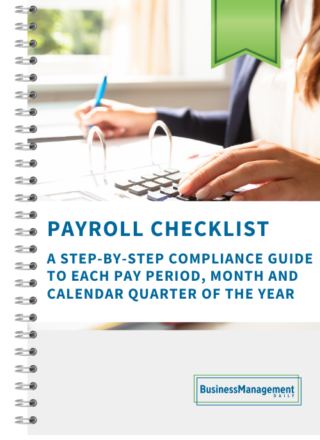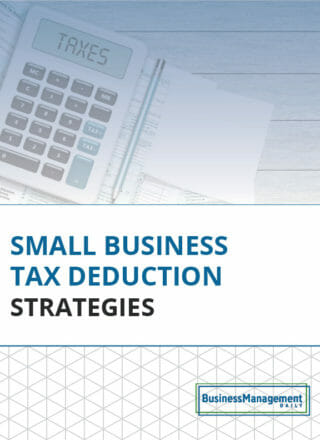Defining a four-day workweek and assessing the impact
What is a four-day workweek? It’s not a trick question. Is it four 10-hour days or four eight-hour days? If it’s the former, you risk employee burnout. If it’s the latter, you’re betting employees can work smarter by doing the same work in 80% of the time.
Four-day workweeks of either kind are being floated as part of the answer to recruiting employees in a still resilient (read: tight) labor market.
Let’s take a look at what that would mean for employers.
Four eight-hour days
You’re not going out on as long a limb as you think. Thirty-three employers in the U.S., Ireland, and a few other countries signed on to a pilot project last year by 4 Day Week Global Foundation, and the results are encouraging.
You’re not too small to think about this workweek configuration. According to the survey, 52% of the participants had 10 or fewer employees. This workweek arrangement also paid off for some participants:
- The resignation rate per 100 employees decreased to 1.70, from 1.76
- The new hire rate per 100 employees increased to 2.09, from 2.06
- Employees’ absenteeism rate per 100 employees decreased to 0.39, from 0.56.
And yes, Friday was the most popular day off.
The majority of employers—67%—said they would continue with the arrangement after the pilot program ended.
This arrangement was also good for participants’ bottom lines. The pilot program compared companies’ revenue at the beginning and end of the program. Result: Revenue rose 8.14%, weighted by company size.
But you can’t just jump into this workweek arrangement. Ideally, you’d want to introduce it slowly in stages, over six months or so, so everyone becomes accustomed to it. A timeline could look like this:
- Five to six months out: Develop the metrics you’ll use to assess whether the program will be viable in the long term.
- Three to four months out: Roll out the information to employees.
- Two months out: Start training managers and employees on how the arrangement will work.
- One month out: Prepare FAQs for employees and be available to answer last-minute questions.
This arrangement isn’t trouble-free, however. Overtime issues may arise.
Overtime & 4-day work-weeks
Regular rate consideration: Shortening workdays by 20% means employees will work 32 hours. If you reduce your workweek without a corresponding reduction in employees’ hourly wages, which is the point, their straight-time rates and their overtime rates will increase.
Example: Peter was hired at a weekly salary of $400 for a fixed workweek of 40 hours. Peter’s regular rate is $10 an hour ($400 ÷ 40 hours). His workweek is reduced to 32 hours a week, but his salary remains the same. Peter’s new regular rate: $12.50 ($400 ÷ 32 hours).
What happens if you need an employee to work more than 32 hours? Between the 33rd hour and the 40th hour, you can pay anything you want, provided you pay at least the minimum wage. You and your employees should agree to this arrangement beforehand so there is no ambiguity. Overtime pay kicks in after 40 hours.
Four 10-hour days
This option seems less appealing. Asking employees to come into the office at 7:00 a.m. is a bit of a stretch, as is asking them to stay long into the evening.
There are overtime issues here, too, if you’re in Alaska, California, or Nevada, all of which require you to pay overtime when employees work longer than eight hours a day.
Maryland
Maryland is the first state we’re aware of that’s willing to put its money—in the form of a tax credit—where its mouth is.
Introduced into this legislative session, H.B. 181 would provide tax credits to employers adopting four-day workweeks. The bill doesn’t define how those workweeks should be configured. The bill wouldn’t apply to the smallest employers—those with fewer than 30 would be excluded. Employers would have to:
- Certify they hadn’t intended to reduce their workweek before the pilot.
- Promise not to reduce employees’ pay and benefits.
- Allow the labor department to research the impact of working a reduced workweek.
- Stick to it for at least one year..
This bill has a long way to go before it becomes a law. We’re keeping our eyes on it.



